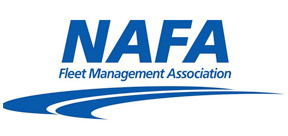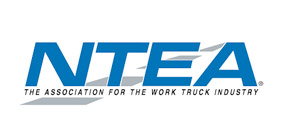Whitesboro, N.Y.
When Hugh White settled the town of Whitesboro, N.Y., circa 1784, one of his first orders of business was to win the respect of the Native Americans inhabiting the area.
According to the official account by the village, population 3,772, White challenged the local Oneida chief to a wrestling match, a friendly gesture common in those days. Another account has White accepting the chief’s challenge.
Nevertheless, the two commenced to wrestling in a match truncated by the chief tripping and White falling on top of him.
According to the village website, “When the Indian finally rose, he shrugged his shoulders and was said to have muttered, ‘Ugh, you good fellow too much.’ Hugh White became a hero in the eyes of the Oneida Indians.
“This incident made more manifest the respect of the Indian for White. In all ways, White dealt fairly with the Oneida tribe and gained their confi dence, which brought about goodwill.”
That goodwill has not carried through for some, judging from the controversy generated by the Whitesboro city seal. The seal originated in 1883 and depicted the match with White prevailing. Unfortunately, some took off ense of the image wherein White had his hands around the chief’s neck as the chief is falling backward to the ground.
In response to a lawsuit filed by a Native American group, the seal was slightly modified in 1970 to show the settler’s hands on the Indian’s shoulders.
The controversy reemerged into the national spotlight in the summer of 2015 when the racially motivated killing of nine parishioners in a Charleston, S.C., black church reignited scrutiny into municipal symbols, flags and seals.
Opponents of the Whitesboro seal circulated a petition branding the image as hateful and demeaning.
Mayor Patrick O’Connor defended the seal, which, he said, was “not meant to be racist, derogatory or violent in any way, shape or form.” He called it “a very accurate depiction” of a historical event, but conceded, “If people looked at the seal and went with an opinion based solely on what they’re looking at, I could understand why people would have concern about it.”
So he called for a vote of the town’s residents whether to keep the seal. In a nonbinding referendum conducted Jan. 11, 2016, the villagers voted 157-55 to keep the seal.
Social media exploded in outrage over the “insensitive” results, and Mayor O’Connor agreed to meet with various Native American organizations to discuss replacing the seal. To date, however, the seal has not been changed.


